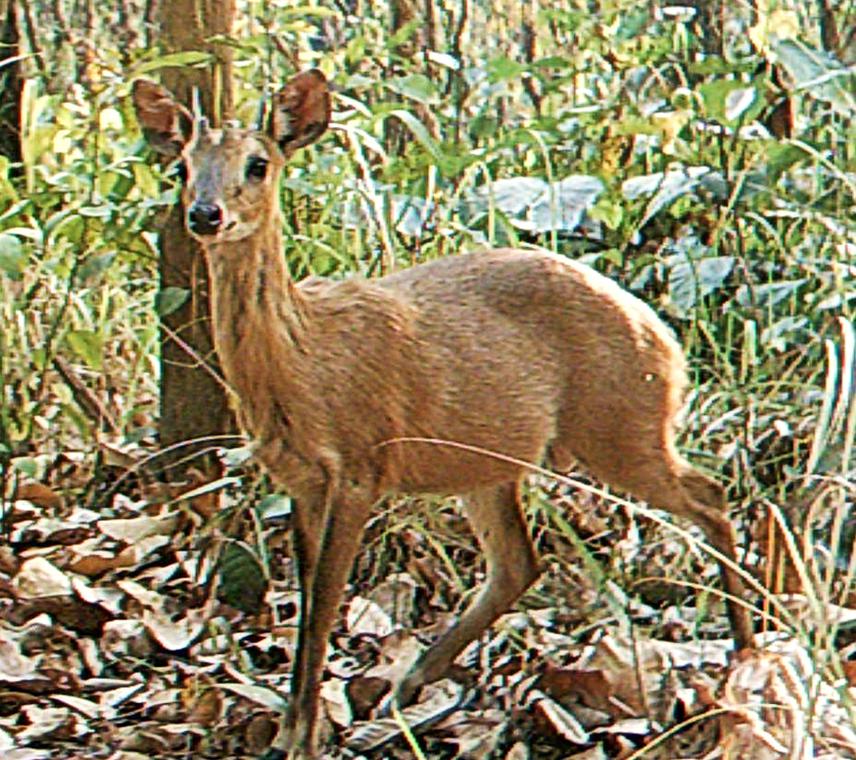Krishna Prasad Pokharel
Other projects
27 Feb 2018
Connectivity Survey of Four-Horned Antelope in Human Disturbed Landscape between Chitwan and Banke National Parks
The aim of the project after ensuring the presence of Four-horned Antelope, the proposed work would explore the distribution patterns and habitat preferences of the study species. In addition to this, public awareness and education programmes will also be conducted to make the local people aware of the presence of study species and importance of wildlife and natural environment.

The four horned antelope, hereafter FHA, also known as “Chausingha or Chauka”, is endemic to the Indian subcontinent. According to IUCN Redlist, this is a vulnerable species with decreasing population trend. It is distributed throughout most of India, from the Himalayan foothills to peninsular India. The FHA is medium sized (adult shoulder height 60 cm, weight 20 kg ) ungulate with a golden brown coat. There is a dark stripe running down the front of each leg and it sports a conspicuous white ring just above the hooves. The male has two pairs of conical horns. The female is similar to the male in all aspects but has no horns. It is non-migratory, solitary and territorial species occupying restricted home ranges. FHA is a habitat generalist but is observed mostly in dry deciduous mixed forest with “thickets and clusters of trees even within open dry patches,” hilly terrain, and limited human disturbance.
The main aim of the research is to explore the distribution patterns, habitat preferences and significantly associated habitat factors that can explain the occurrence of FHA. In addition to this, conservation education program will also be organized targeting the local people, members of community forest user groups, school students and park people. Besides camera trapping (to ensure the presence of FHA), systematic line transect method will be used to collect the field data. Habitat variables within 20m radius with dung pile at centre will be recorded. Statistical tools such as mean to variance ratio to find out the distribution patterns, selection index to know the habitat selection and logistic regression to find out the significantly associated variables that can explain the presence of FHA. The research project will start from April 2011 and lasts for fourteen months.
It is believed that the outcomes of this study would be helpful to improve the existing knowledge on biology of FHA and improve the local knowledge on importance of natural environment and wildlife.